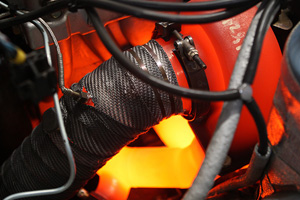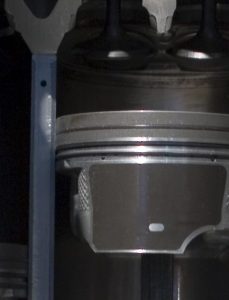The Need for fuel economy: Turbochargers and Direct Injection a work in progress. Note: This was an older article I never added here but still contains important things to highlight. Keep in mind the actions needed to extend the life of these engines. Alex Thompson | Sep 06, 2017 11:04 AM Turbocharged, gasoline-direct-injection (T-GDI) engines […]
You are browsing archives for
Tag: horsepower
Should You Use Diesel Competition Oil?
Should You Use Diesel Competition Oil? Mark Nyholm|Apr 10, 2018 11:44 AM April is here, and for those who love to spend time at the drag strip challenging their reaction time, on a dirt strip hooked to a sled, or tied down on a roller dyno grunting for power, the diesel competition season is upon […]
How Engine Wear & Deposits Kill Horsepow
Common Engine Wear & Deposits Will Kill Horsepower John Baker|Oct 25, 2017 10:48 AM – Posted August 2021 (Sorry Jon – we forgot to post your blog.) Most people equate engine wear and deposits with a sudden, catastrophic engine failure that leaves you stranded alongside the road. In reality, wear and deposits are more likely […]
Announcement – Banks Performance/AMSOIL
Known for Being The Pinnacle of Performance, AMSOIL and Banks Make for Logical Partnership Much more to be published on this in the future of course – here’s just a little about the two firms. Endorsement To Better Serve Customer Base Banks Power has recently endorsed AMSOIL as the lubricant of choice. As the premier […]



